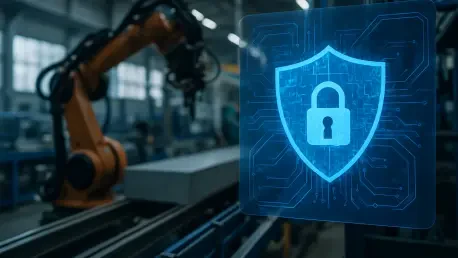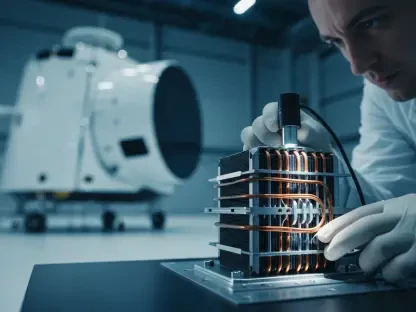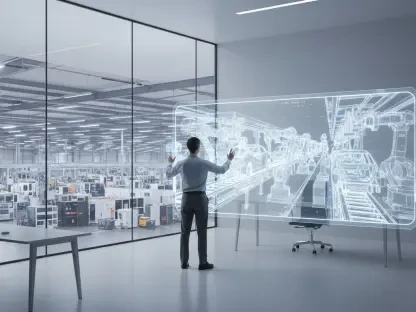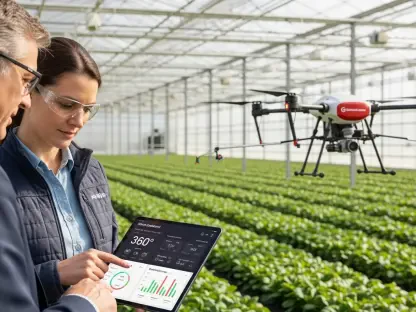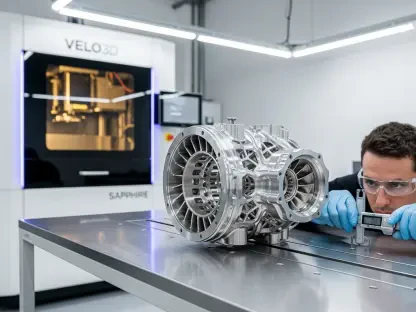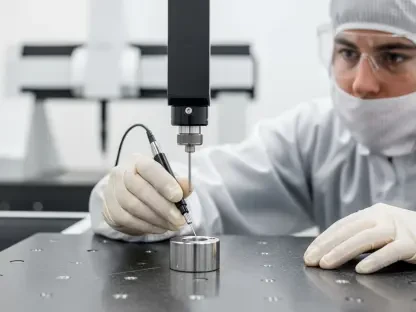Welcome to an insightful conversation with Kwame Zaire, a renowned manufacturing expert whose deep knowledge of electronics, equipment, and production management has positioned him as a thought leader in the industry. With a keen focus on predictive maintenance, quality, and safety, Kwame has been at the forefront of integrating cutting-edge technologies like artificial intelligence (AI) into operational technology (OT) environments. In this interview, we dive into the critical intersection of cybersecurity and manufacturing, exploring how cyber threats disrupt operations beyond IT systems, the potential of AI to bolster defenses, the challenges of legacy systems, and the importance of visibility and human oversight in securing modern factories. Join us as Kwame shares his expert perspective on building resilient manufacturing ecosystems in an increasingly digital world.
How do cybersecurity breaches impact manufacturing operations beyond just the IT department?
Cybersecurity breaches in manufacturing can have a cascading effect that goes way beyond IT. When hackers target a company, they’re not just locking up data; they’re often disrupting the very heart of operations. Take a ransomware attack, for example—it can shut down factory floor systems, halt production lines, and delay shipments. This isn’t just an inconvenience; it means missed deadlines, frustrated customers, and sometimes even safety risks if critical equipment malfunctions. Beyond that, the supply chain takes a hit—suppliers and partners downstream can’t get what they need, creating a ripple effect. And let’s not forget the human element: employees might be unable to work, and environmental controls could fail, posing risks to both workers and the surroundings. It’s a stark reminder that in manufacturing, IT and operations are deeply intertwined.
In what ways can these cyber incidents affect a company’s financial health or workplace safety?
The financial impact of a cyber incident in manufacturing can be staggering. When production stops, revenue takes a direct hit—think of the costs of downtime, overtime to catch up, or penalties for late deliveries. Then there are the ransom payments some companies feel forced to make, not to mention the expense of rebuilding systems or recovering data. But it’s not just about money. Safety is a huge concern. If a breach compromises equipment controls, you could have machinery operating unsafely, endangering workers. Environmental systems might fail too, leading to spills or emissions that harm the community. These incidents can erode trust with stakeholders and damage a company’s reputation, which is often harder to recover than the financial losses.
How can AI be leveraged to strengthen cybersecurity in manufacturing environments?
AI has incredible potential to enhance cybersecurity in manufacturing by acting as an early warning system. It can analyze massive amounts of data in real time, spotting subtle anomalies or patterns that might indicate a threat—like unusual network traffic or unexpected equipment behavior. By catching these issues before they escalate, AI helps prevent attacks that could shut down production or disrupt delivery schedules. It’s like having a vigilant guard who never sleeps, constantly scanning for weak spots in both IT and OT systems. When implemented well, AI can reduce response times and minimize damage, keeping operations running smoothly even under threat.
What challenges do manufacturers face when integrating AI into older operational technology systems?
Integrating AI into legacy OT systems is a real hurdle for many manufacturers. These older systems were designed for stability and uptime, not for constant updates or modern connectivity. They often lack the architecture to support AI’s dynamic learning capabilities, which means you can’t just plug and play. There’s also the issue of compatibility—AI tools might not communicate well with outdated protocols, leading to gaps in monitoring or control. Plus, these systems weren’t built with cybersecurity in mind, so layering AI on top can expose new vulnerabilities if not done carefully. It’s a delicate balance between modernization and maintaining operational reliability.
Why is visibility over AI tools so critical in a manufacturing setting?
Visibility over AI tools is absolutely essential because you can’t secure what you don’t understand. In manufacturing, some equipment comes with embedded AI features that teams might not even know are active. If you’re unaware of what these tools are doing—whether they’re collecting data, making decisions, or interacting with other systems—you’re blind to potential risks. Without visibility, a misconfigured AI could open a door for attackers or cause operational errors. Knowing exactly where AI is running and what it’s doing allows you to assess risks, adjust settings, or disable features if necessary, ensuring you’re not caught off guard.
How does the quality of data influence the effectiveness of AI in cybersecurity?
Data quality is the backbone of effective AI in cybersecurity. AI systems learn and make decisions based on the information they’re fed, so if that data is incomplete, outdated, or inaccurate, the outputs will be unreliable. In a manufacturing context, poor data could mean missing a real threat or flagging normal operations as suspicious, wasting time and resources. For instance, if sensor data from the factory floor is corrupted, an AI might fail to detect a cyber intrusion or trigger a false shutdown. High-quality, well-curated data ensures AI can accurately identify patterns and threats, making it a trustworthy tool for protecting systems.
What role does human oversight play in ensuring AI systems perform reliably in manufacturing?
Human oversight is non-negotiable when it comes to AI in manufacturing. While AI can process data and spot anomalies faster than any person, it lacks the contextual understanding and judgment that humans bring. Operators need to verify AI’s conclusions because a wrong call—like shutting down a critical system based on flawed data—could be disastrous, risking safety or production. Without human checks, there’s also the danger of alert fatigue, where teams ignore warnings because they don’t trust or understand the AI’s reasoning. People must stay in the loop to interpret outputs, prioritize actions, and ensure the technology aligns with real-world needs.
What is your forecast for the future of AI in manufacturing cybersecurity?
I’m optimistic about the future of AI in manufacturing cybersecurity, but it’s going to be a journey. Over the next decade, I expect AI to become even more sophisticated, with better explainability so teams can understand why certain alerts are raised. We’ll likely see tighter integration between IT and OT, with AI acting as a bridge to secure both environments seamlessly. However, the challenge of legacy systems won’t disappear overnight—manufacturers will need to invest in gradual upgrades and training to keep pace. I also foresee stricter regulations around AI use in critical industries, pushing companies to prioritize visibility and accountability. If we get the balance right, AI could transform manufacturing into one of the most resilient sectors against cyber threats.
